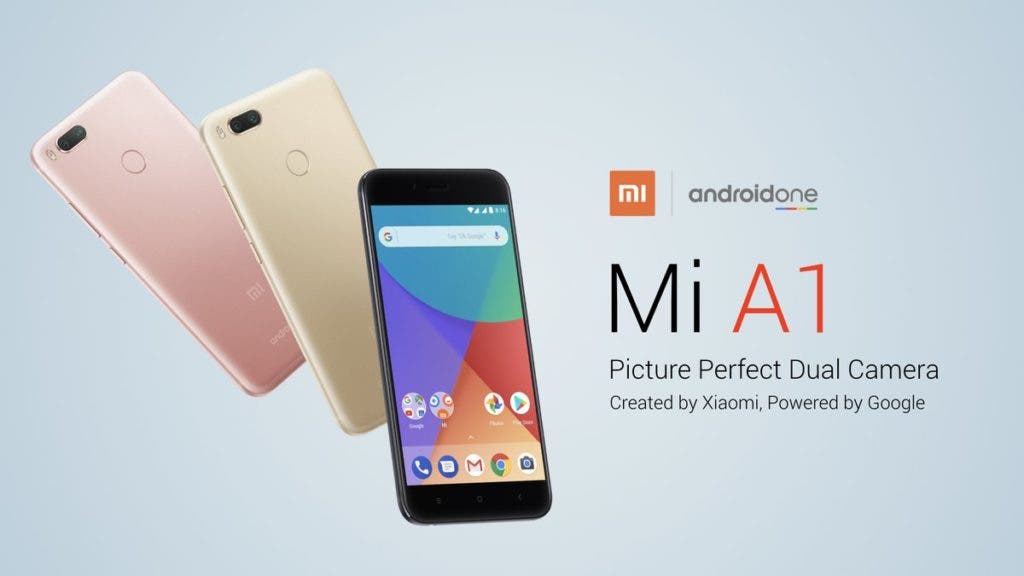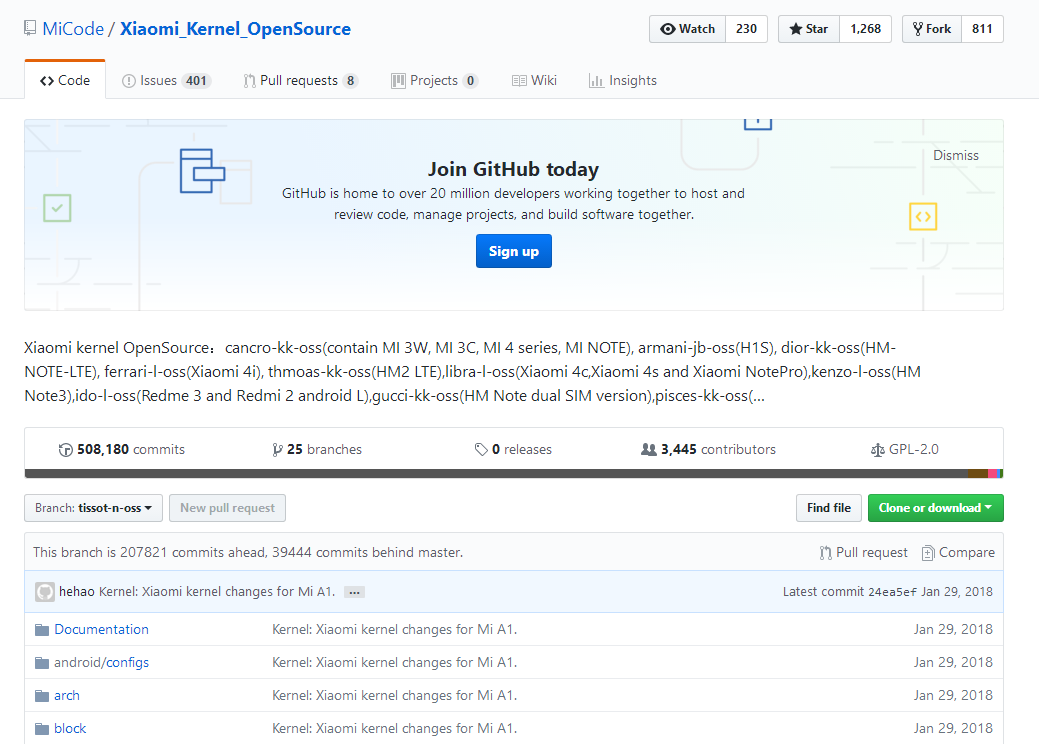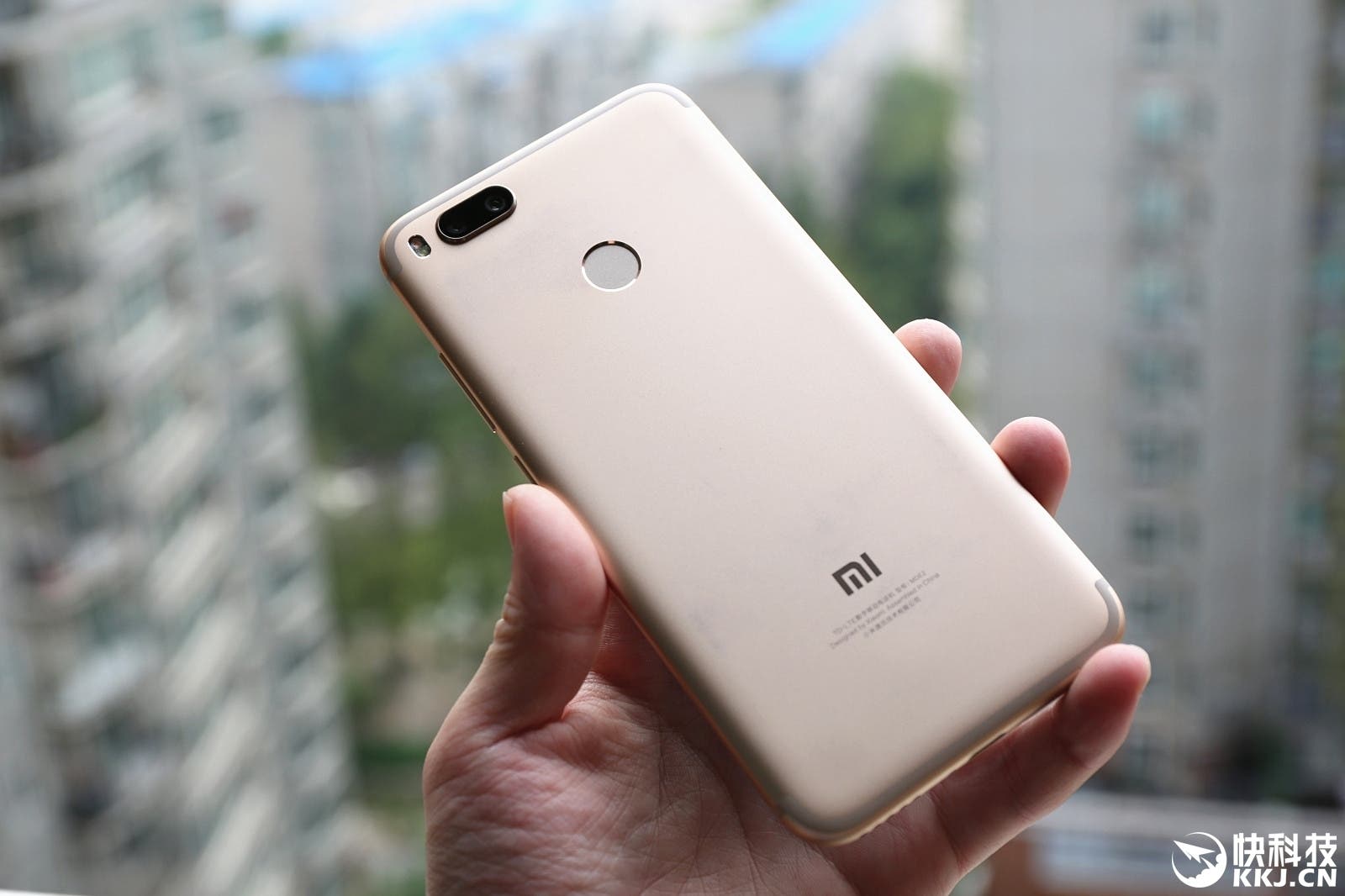Last year, Xiaomi partnered with Google to release the Xiaomi Mi A1 which is actually the global version of Xiaomi Mi 5X. On the 31st of December, 2017, Xiaomi’s first-ever stock Android smartphone, Xiaomi Mi A1, received the Android Oreo update which also came with the January security patch. It was not a surprise that it took only about three months to get the Oreo update available for the Mi A1 (released with Android Nougat) because swift updates are one of the advantages of stock Android smartphones.

However, the performance of Android Oreo on Xiaomi Mi A1 has been mediocre and some users have complained about swift battery drain, slow launching of apps and many owners of this smartphone wish to return to Android Nougat. These complaints forced Xiaomi to suspend the further release of this update. With two withdrawals and a third push of the Android 8.0 update, Xiaomi has now made a difficult decision to release the kernel source code. With this source code, private developers can happily unlock all the hardware features of their phones and make all kinds of ROMs.

As a reminder, Xiaomi Mi A1 is powered by an Octa-core Qualcomm Snapdragon 625 processor coupled with 4GB of RAM and 64GB of internal storage which is expandable up to 128GB. It is equipped with a 5.5-inch IPS LCD capacitive touchscreen with a 1080 x 1920 pixels resolution and 70.1% screen-to-body ratio. In the camera department, it comes with a 12MP rear camera supported by another 12MP shooter. On the front, it has a 5MP selfie snapper. The lights of this smartphone are kept on by a Non-removable Li-Po 3080 mAh battery.
Interested users or developers can go to GitHub for download.






the 625 is octa-core not quad
Who knew when using the GPL that you could release sources whenever you feel like it.
the 625 is octa-core not quad
Who knew when using the GPL that you could release sources whenever you feel like it.
Who knew when using the GPL that you could release sources whenever you feel like it.